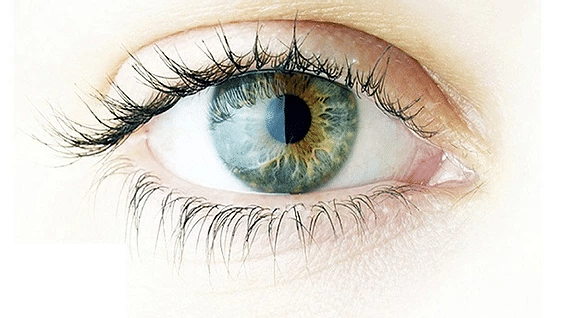What is cross-linking when relating to keratoconus treatment?
There is not one clear reason why people get Keratoconus but it is considered to be partly down to genetics, environment and lifestyle. Looking after eye and minimising the trauma they go through could help to reduce a person’s chances of getting Keratoconus. Overall Keratoconus is a progressive eye disease where the cornea thins and begins to form a cone-like shape. Vision is then affected because the light is not being directed properly.

What is Corneal Cross-Linking?
Cross-Linking is the only treatment which has been proven to stop the disease from getting worse. Many people who have Keratoconus and have had the treatment have seen great results, some have also needed a better shape form in their cornea. This treatment won’t necessarily get rid of your Keratoconus but it can limit the worsening of the disease.
There are two types of Cross-Linking treatment which are epithelial-off cross-linking and epithelial-on cross-linking neither should take more than 2 hours but both have different approaches to how they are carried out. Below we have listed the differences in these approaches…
- Epithelial-off cross-linking – This involves taking a layer of the corneal off (the Epithelial) and then applying a certain type of eye drop to help strengthen and maintain the corneal tissue.
- Epithelial-on cross-linking – This involves a treatment of eye drops followed by a UV light being applied to the cornea to strengthen it.
Both Keratoconus treatments could result in a prescription on eye drops to help the recovery of the cornea and stop any inflammation.
Am I suitable for Cross-Linking Treatment?
If you Keratoconus is bad and has signs of getting worse cross-linking will be advised to you by a specialist. Many people who get this disease see it peek while they are of middle age. This means that if you do have this condition you probably will not need this treatment if you are elderly. Overall this treatment is usually given to younger individuals who have a high chance of their Keratoconus worsening.
Related articles





